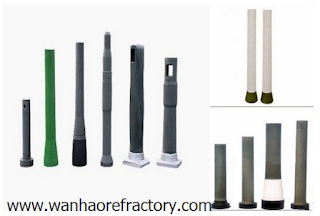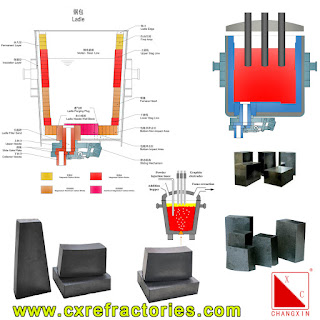Damage analysis of inner lining of alumina clinker rotary kiln

1.The slurry in the alkali-eroded alumina clinker kiln is mixed with a considerable amount of alkaline substances such as CaCO? and Na?CO?, which are soaked or adhered to the lining surface at high temperature and penetrate into it, in addition to their own chemical changes , and may also react with the lining to form a two-component tissue along the cross-sectional direction, destroying the tissue structure of the original lining, thereby reducing the strength of the lining. When the temperature or composition of the material changes greatly, the two phases separate and the lining peels off. It is easy to prove this point by analyzing and comparing the petrographic structure of the peeled block, the residual brick and the original brick. It can be seen from the alkali existence state of the preheating zone and the decomposition zone that these two working zones are most severely affected by alkali erosion, but the strength of the material itself at this stage is low...

